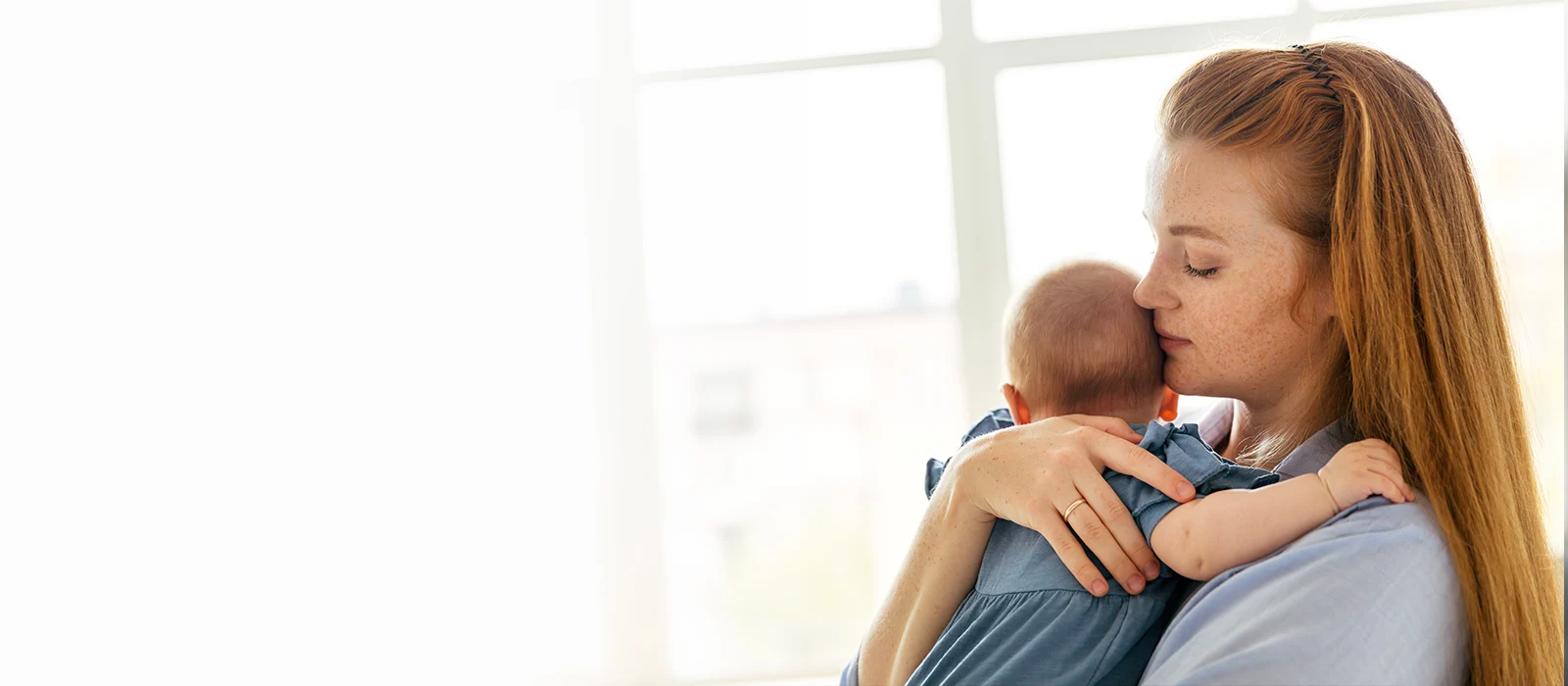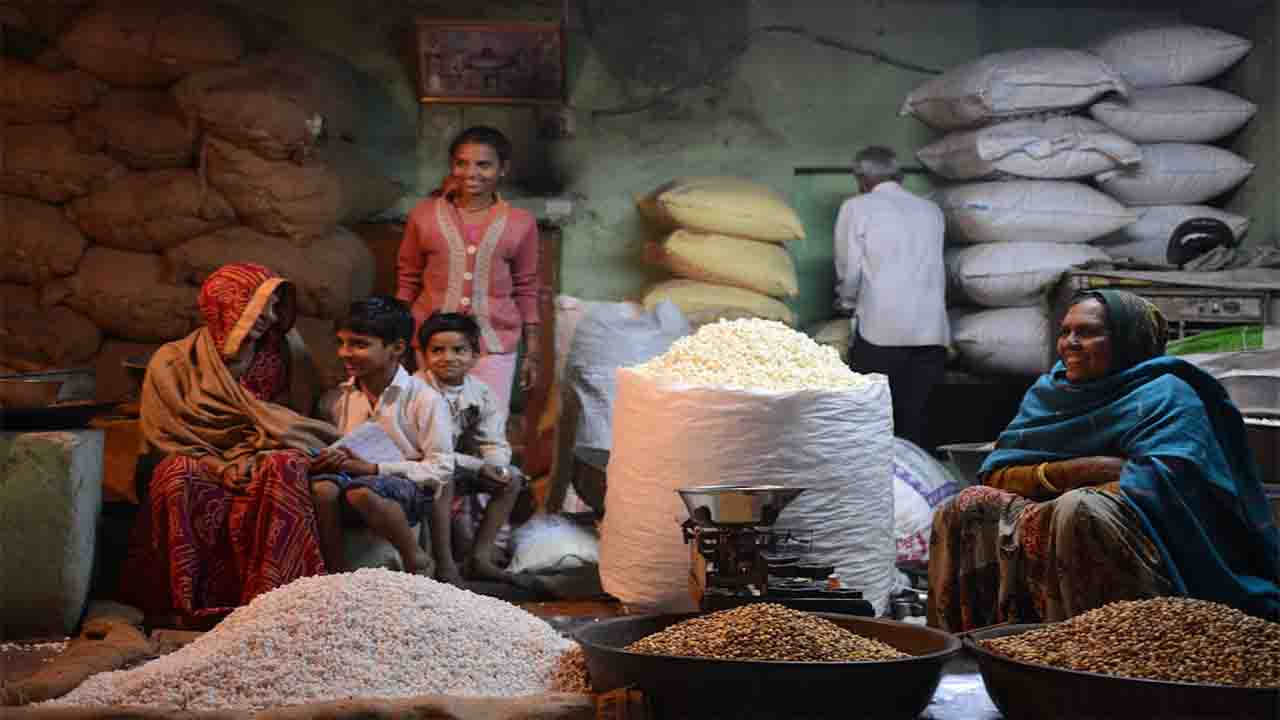Science & Technology, UK (Commonwealth Union) – A rapid decline in birth rates particularly in many industrialized countries has caused deep concern for many governments. A variety of factors such economics, lack of flexibility in parental support and low fertility, rates have been key areas of concern that have impacted the declining birth rates.
The impact on fertility by mechanisms influencing both reproductive biology and human behavior, linked to the widest study to date identifying genetic factors of birth rates. This study was led by researchers from the Universities of Cambridge, Oxford, Groningen and Pennsylvania, who further noted a region of the human genome impacted by natural selection for 1000s of years and said to continue affecting fertility today.
The findings showed that fertility was impacted by diverse biological mechanisms, effecting variations in fertility, and directly impacting puberty timing, sex hormone levels, endometriosis and age at menopause. Associations to behaviors like risk taking were also present according to researchers.
Professor Melinda Mills, Director of the University of Oxford, Leverhulme Centre for Demographic Science, said “This study is of interest to understanding changes in human reproduction over longer periods of time, reproductive biology and potential links to infertility.’
‘It also empirically tests one of the most gripping and fundamental questions asked by scientists across many disciplines and decades: Is there evidence of ongoing natural selection in humans and, if so, what is it and how does it operate?”
The findings that were published in Nature Human Behaviour, made use of data from 785,604 persons of European ancestry, including those in the UK Biobank study, for the identification of 43 regions of the genome with genetic variants linked to reproductive success, was described as the number of children ever born to an individual.
Genetic variation usually occurs by a combination of random mutations, genetic recombination during sexual reproduction, and genetic drift due to chance events. Genetic variation is the foundation for natural selection, allowing populations to adapt to changing environments.
Certain findings emphasized trade-offs across the life-course, giving an example, where the researchers discovered variations in the gene ARHGAP27 linked with having increased children, however it also came with a smaller lifetime window of fertility.
The evaluation further indicated a novel part for the red hair color gene, melanocortin 1 receptor (MC1R) for the reproductive biology. However, the genetic evidence indicates that the influence on number of children is not linked to the same genetic mechanisms that affect pigmentation.
Professor John Perry, MRC Epidemiology Unit, of the University of Cambridge, says “This study is the largest of its kind and has highlighted new biology that we anticipate will help identify novel therapeutic targets for reproductive diseases such as infertility. It will also help us better understand the biological mechanisms that link reproductive health to broader health outcomes in men and women.”
With the integration of their results from modern genomes with ancient genome data, the scientists could identify a region of the genome that has been under selection for 1000s of years, and continues to be under selection to the present.
The researchers indicated that the genes in this region – FADS1 and FADS2 – play a role in synthesizing specific fats that are vital for health and noted to have been vital in assisting individuals in Europe in adjusting to an agricultural diet. Noting that these genes continue to impact fertility to the present indicates that this adaptation could be continuing.
“Independent evidence shows that the FADS region has been under selection in Europe for thousands of years. It represents the clearest example of a genetic variant with evidence of both historical and ongoing natural selection, though the reason for selection remains unclear,” explained Dr Iain Mathieson, Department of Genetics, from the University of Pennsylvania.











